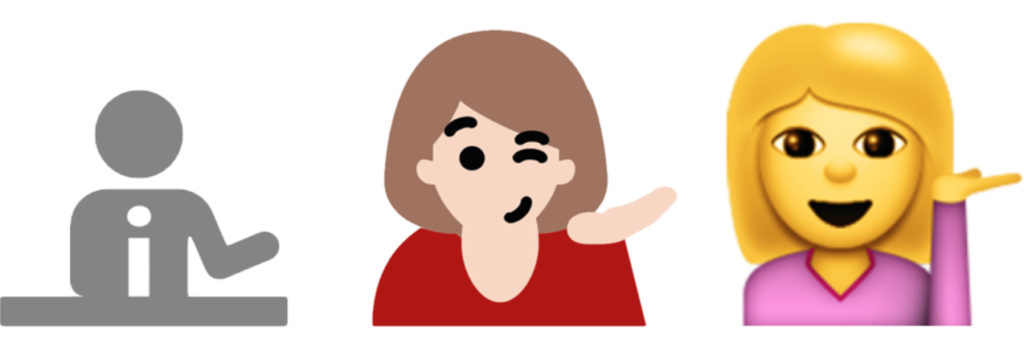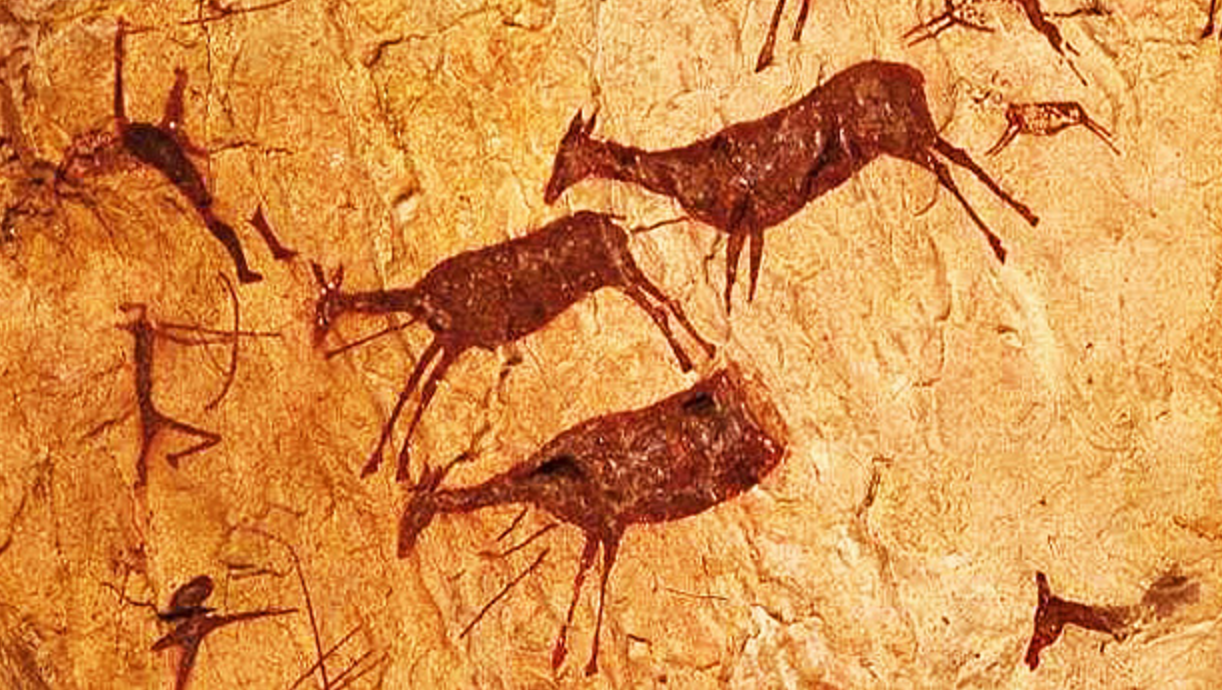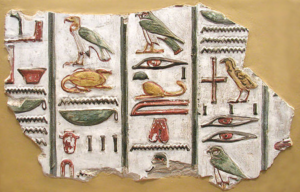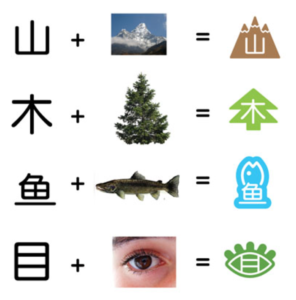 A global economy ends up with many pieces of global infrastructure. Communications system, social networks, sans-nation-state currencies, political forums, international transport to name a few. We are currently in the middle of the transition to a global language, the written version at least. Something seemingly childish is about to entirely transform the written word: emojis.
A global economy ends up with many pieces of global infrastructure. Communications system, social networks, sans-nation-state currencies, political forums, international transport to name a few. We are currently in the middle of the transition to a global language, the written version at least. Something seemingly childish is about to entirely transform the written word: emojis.
Before you laugh and close this tab, let’s remember that they were the Oxford Dictionary Word of the Year in 2015, Their usage has resulted in arrests, and we already have 2666 emojis in the Unicode standard. To read at university level in Chinese, one only needs to understand 3000 or so characters. In order to understand this premise more deeply, a revisit of the history of written language is informative, and it will uncover why this claim isn’t all that outlandish.
Our first attempts of written communication as a species started with pictographs on cave walls. The visual below is from Volltorta Gorge, Spain. Some cave paintings with similar pictographs date as far back as 71,000 years ago. The very first analogue emojis. The word emoji incidentally is a literal translation in Japanese meaning Picture Letter.

For much of human history, the written form was visual, obvious and static. This was largely due to the limitations of communication technology at the time. Our tools were limited to cave walls, painted with clay earth pigments. Back then, we used what we had, and had to ensure meaning could be transmitted without a spoken narrative to accompany it. But as our communications technology improved, the written form escaped the cave and millennia of evolution ensued. We used clay tablets and cuneiform script during the Sumerian era. This facilitated transportation of writing. Hieroglyphs in ancient Egypt followed the same pattern evolving from pictographs, as did Chinese scripture. Both are shown below.


As literacy levels increased, writing morphed – became simplified and deviated further from their pictorial origins. They became easier to draw, quicker to create and less detailed visually. This made them more transferable, flexible and increased the mobility of the content. More people, traders and merchants with average dexterity could draw the symbols and participate in written communications. Eventually, the methods of written communication became algorithmic collages of characters and alphabets to spell out the spoken word with more breadth. It became more exacting in its representation of the verbal form. In all probability, the written form probably evolved to match the technology of the day, papyrus, ink, and later, the printing press.
But since digital communications and tools have proliferated visual language has made a radical comeback. Via a weird combination of globalization, short form communication platforms and the need for expediency, we are now partially moving back to a world of interpretive pictographs. Now that the technology exists where the click of a single button can be translated into an entire sentence or deep emotion, our species has taken to the form with abandon. It is truly a wonderful iteration of the written form. I’m even wondering if we’ve subconsciously found a way to find a written form which can cross language barriers without realising it. An emergent phenomenon designed out of global necessity? While this isn’t the first time we have seen a shared character base which result in different words, (we have this in Chinese and Japanese), it is the first time we’ve seen a global omni-language written version.
The beautiful thing about emojis is that they don’t just translate, they also have a certain malleability and ability to create variety in tone. They can create a sentence structure. But more than anything, they’re a great reminder that language is itself also a technology. The tools we invent have the ability to change the reason we invented them and be repurposed with substitute inputs. The smart phone has the capacity to carry a new set of characters with the rare combination of visual accuracy and simplicity in distribution. The advantage they have is a new type of immediate and mutual understanding which can cross borders. It’s this that makes the switch to an entirely new global form of writing entirely possible. While it might take generations, it isn’t without precedent.
If you liked this post, you’ll dig my new book – The Lessons School Forgot – a manifesto to survive the tech revolution.


